Cornell Cooperative Extension encourages new use for farm plastics
NORWICH – The Cornell Cooperative Extension of Chenango County has taken on new measures to promote plastics recycling among local farmers in an effort to limit landfill waste and dissuade illegal garbage burning.
Since January, the Cornell Cooperative Extension of Chenango County (CCE) has been more active than ever in promoting agriculture plastic recycling and working closely with farmers to develop a plastics recycling plan. The initiative is in conjunction with the New York State Recycling Agricultural Plastics Project (RAPP), which has touted ag plastic recycling since the state made the burning of ag plastics illegal in 2009.
According to CCE, a small dairy farm can generate as much as 1,000 pounds of plastic in a single season from items like bale wraps, silage and grain bags, bunker silo covers, bale netting, polytwine, feed and pellet bags, irrigation tubing, drip tape, maple tubing nursery pots and seedling trays, mulch films, tarps and various netting, among other things. Traditionally, such waste has been burned by farmers, sent to local landfills or left in the fields. But the RAPP program is geared toward a better alternative, explained CCE RAPP Coordinator Emily Anderson. Rather than being wasted or illegally burned, plastics collected through the program can be used to make waxes, machinery parts, and even construction materials including plastic lumber and sidewalks. In many instances, plastics can also undergo a process to extract the crude oil originally used to make it.

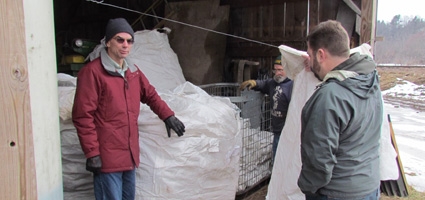

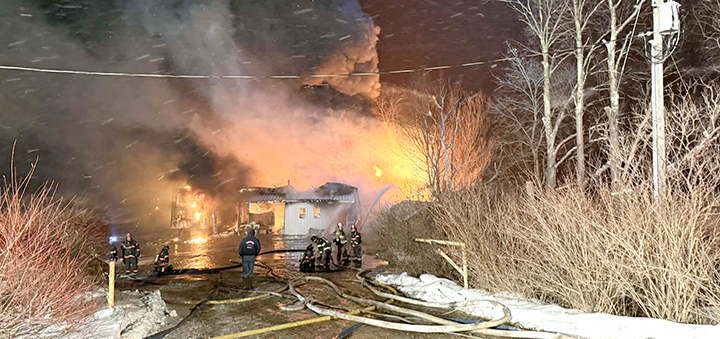
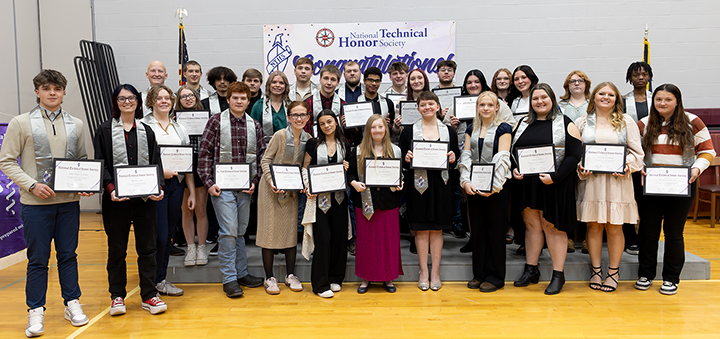
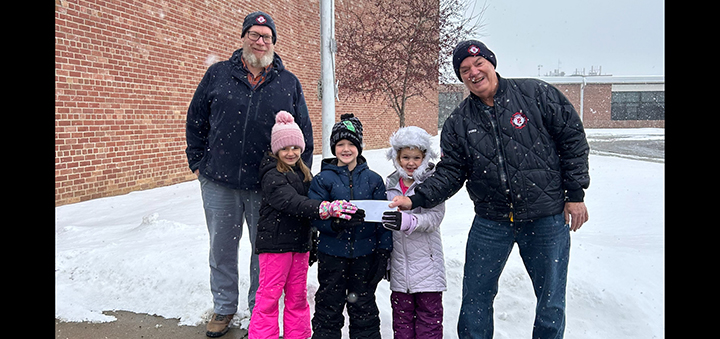
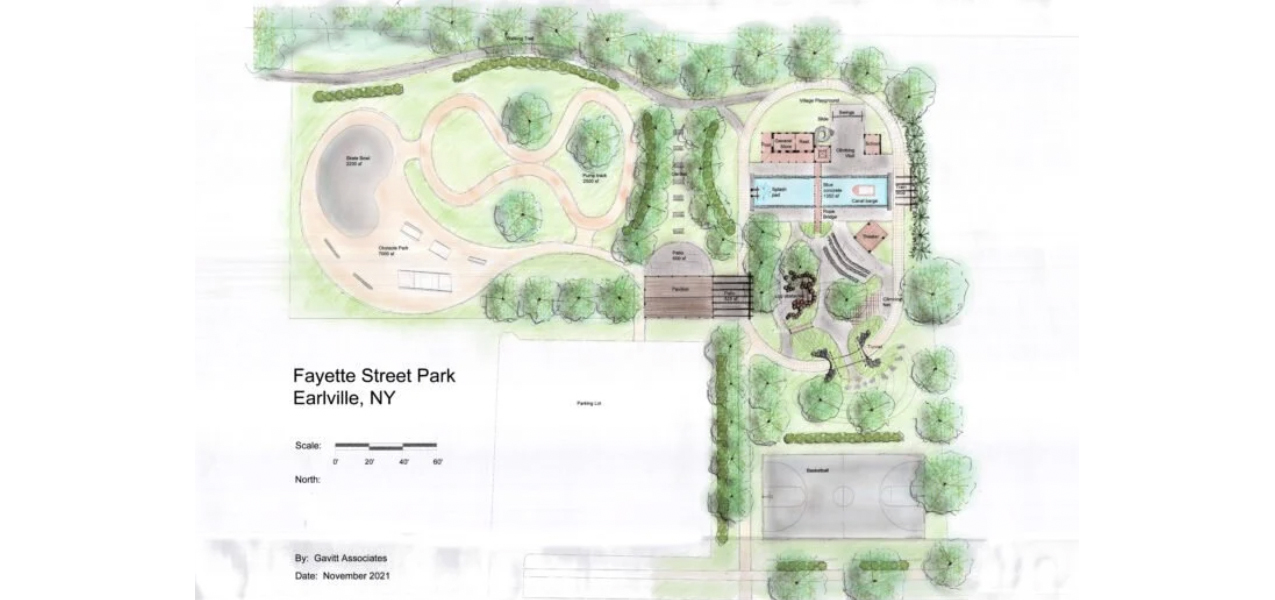

Comments